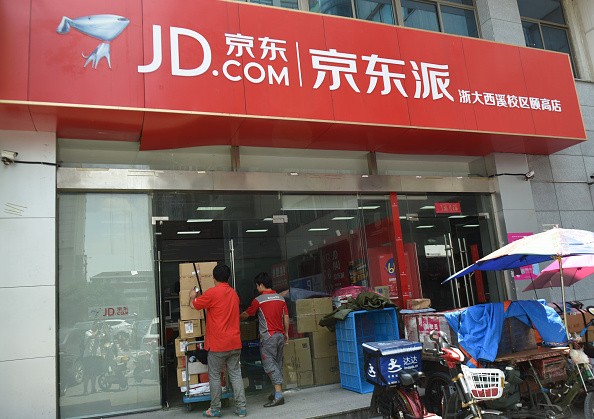As part of its shift into offline retail, JD.com is set to open more than 1 million convenience stores across the country in the next five years, nearly half of them to be located in the rural areas, China Daily reported.
Liu Qiangdong, JD.com CEO, said that store owners can use JD's application software to order goods such as home appliances, consumer electronics, clothing and home furnishings.
Liu said that JD.com will take care of delivering and distributing the products to the stores.
According to the report, the plan is part of the company's expansion into the offline retail market, which is the third offline cooperation project of JD.com after it launched 10,000 home appliance stores.
In 2015, the company launched the New Market Programs, aimed at creating a new channel to attract small and medium-sized stores in small cities and make them their suppliers and partners. It is expected to cover about 500,000 stores this year.
According to the report, e-commerce companies have not fully penetrated small cities and convenience stores play a key role in selling products in these areas.
Recently, e-commerce giants have intensified their efforts to combine online and offline retail channels. In February, Alibaba Group Holding Ltd and Bailian Group Co Ltd formed a strategic partnership and designed their brick-and-mortar stores to merge the two companies' online and offline experiences.
Industry players believe that JD.com's move would help the company to enhance its presence in the O2O sector.
"The network of stores will help JD to enhance its O2O presence in the fast-moving consumer goods sector. To address the last-mile delivery challenge, the move can help consumers to order products at nearby stores," said Jason Yu, general manager of consumer research firm Kantar Worldpanel.
"While it brings business to those convenience stores, it also makes those stores an entry point to the JD platform so that it can increase its penetration among shoppers," Yu noted.



























